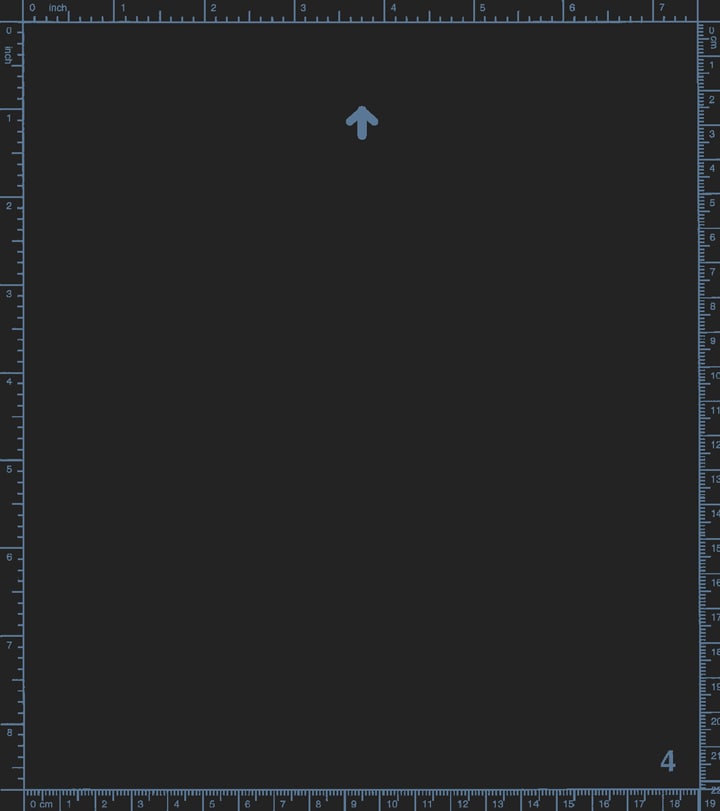
This is where building your own monochrome profiles comes in handy.Ĭolor profiled display. Even though professional Epson, Canon, and HP printers come with dedicated black and white modes, none provide means for accurate soft proofing. Soft proofing is the holy grail of digital printing: being able to see in your display the exact simulation of your final printed output. By describing a printer, ink, and paper combination through an ICC profile and printing with it, we are able to effectively make output linear. For example, if the 50% percent gray of a particular printer comes out as a 47% gray, we should output it roughly 3% darker to get a perfect tone.

Linearization ensures that your printer reproduces tone values evenly throughout the scale, from paper white to solid black. There are mainly two advantages of working with B&W profiles: output linearization and soft proofing. These monochrome profiles allow us to linearize the printer output, compensating for minimal ink batch variations and printer manufacturing inconsistencies. ICC profiles, or color profiles, exist to characterize how a particular device reproduces color and, ultimately, to allow software to compensate for that in order to output color accurately.ī&W ICC profiles do exactly that, but use a single table to describe the printer grayscale values, from paper white to solid black. What are ICC profiles and why do they exist? One of the techniques I've explored recently is the use of grayscale ICC profiles for B&W printing. You'll be amazed.Įven so, there's still room for improvement. Buy an Epson R3000, a pack of Epson Exhibition Fiber Paper, hit print, and select the ABW mode (advanced black and white). Best of all, 95% of this quality can be obtained by sticking to the printer defaults and a professional paper from the same manufacturer. Nowadays, it's possible to produce excellent black and white prints on any professional inkjet printer, with quality that easily matches the best chemical darkroom prints on fiber paper. Before that, only specialized methods were available, and they were both expensive and difficult to master.

While top quality, fade resistant color inkjet prints could be made in the 1990s-by IRIS printers-or in 2000-when Epson introduced the first affordable pigment printers-getting neutral B&W prints was possible much later, with the first printers that incorporated multiple shades of gray inks and adequate driver support for monochrome output. Black and white prints have always been a weak spot for this technology.


 0 kommentar(er)
0 kommentar(er)
